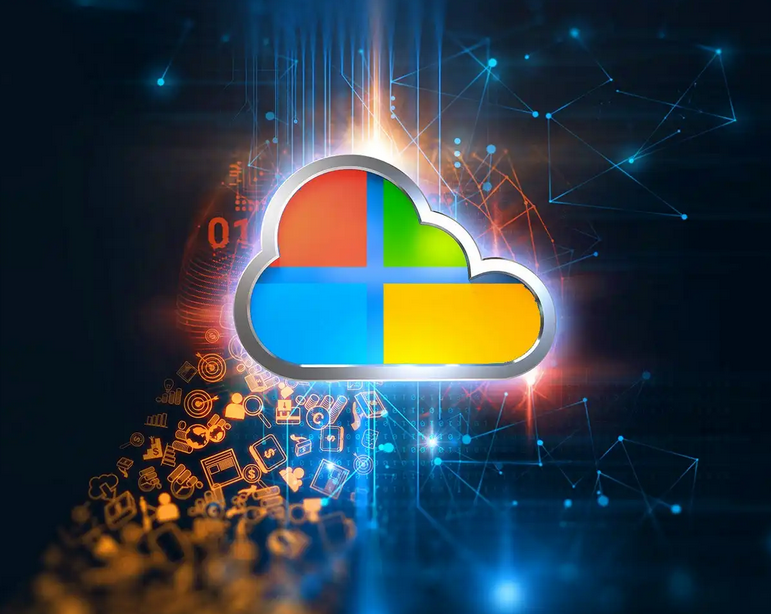
Designing secure VPCs – Infrastructure Security – Keeping Your VPC secure
Designing secure VPCs Our first stop in this chapter is designing secure VPCs. A VPC is a virtual network dedicated to your AWS account, and its design plays a crucial role in the overall security of your AWS resources. In this section, we will walk you through key security considerations and best practices to ensure
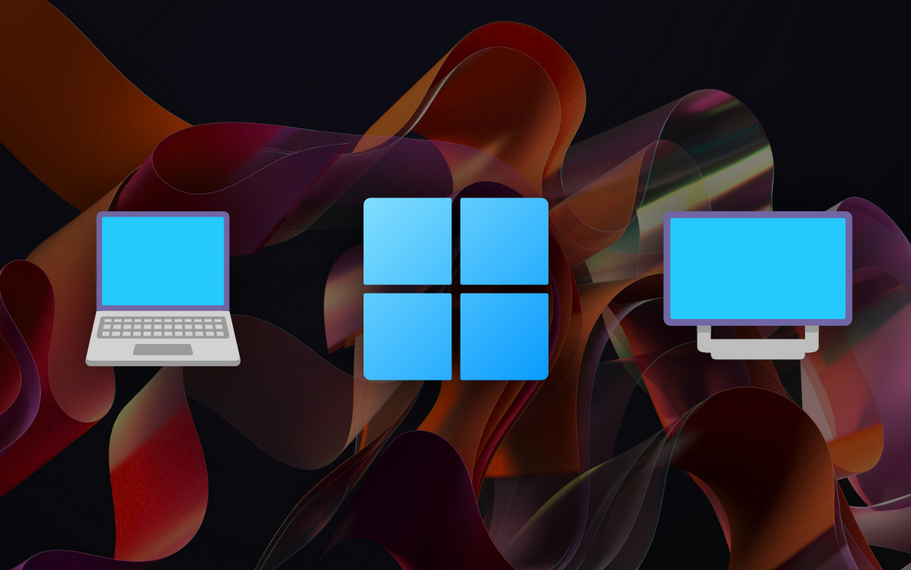
Key components of a VPC – Infrastructure Security – Keeping Your VPC secure
Key components of a VPC Before we explore security strategies, let’s briefly revisit the building blocks of a VPC to understand their role in enhancing your AWS environment’s security. Subnets A subnet, also known as a subnetwork, is a logical partition of a larger network – in this case, your VPC. Each subnet is associated

NAT gateways – Infrastructure Security – Keeping Your VPC secure
NAT gateways An IGW serves as the bridge that enables communication between your VPC and the internet, allowing resources with public IP addresses to send and receive traffic. A network address translation (NAT) gateway, on the other hand, is a NAT component that enables resources in private subnets to initiate outbound internet traffic without enabling
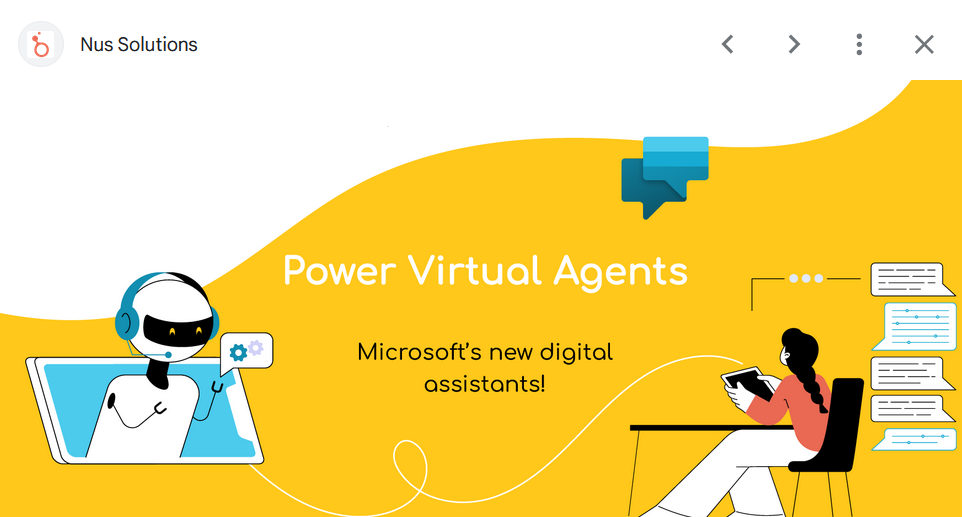
Elastic network interfaces (ENIs) – Infrastructure Security – Keeping Your VPC secure
Elastic network interfaces (ENIs) Acting as the virtual equivalent of a physical network card, ENIs provide your AWS resources, such as EC2 instances, with network connectivity within your VPC. Each ENI is equipped with attributes such as a primary private IP address, optional secondary IP addresses, Elastic IP addresses (if assigned), and a MAC address.

VPC peering – Infrastructure Security – Keeping Your VPC secure
VPC peering VPC peering allows for the establishment of a direct, private connection between two VPCs, enabling resources in either VPC to communicate with each other as if they were in the same network. This method bypasses the internet, enhancing security and reducing latency. It is beneficial for scenarios where two separate VPCs need to
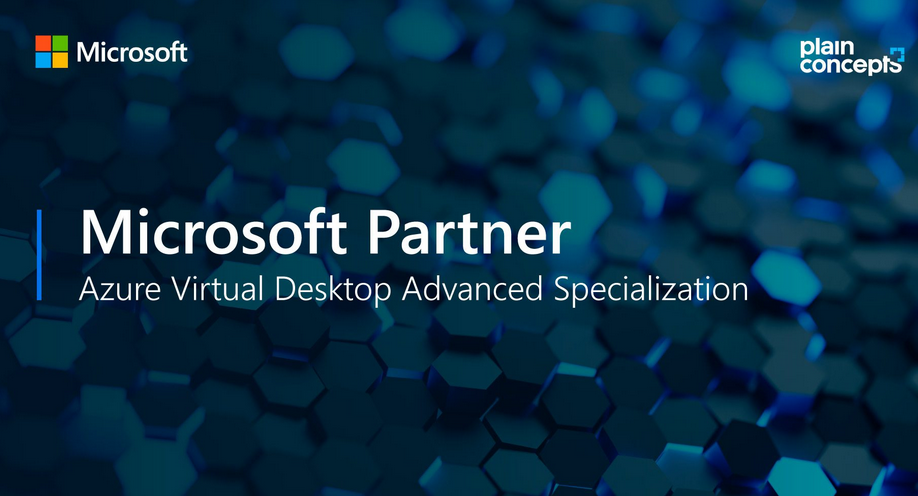
Virtual private networks (VPNs) – Infrastructure Security – Keeping Your VPC secure
Virtual private networks (VPNs) VPNs are essential for creating secure communication channels over the internet and connecting VPCs to on-premises networks or other external networks. There are two types of VPNs: Integrating key VPC components The following diagram (Figure 2.1) presents a standard VPC structure featuring two private subnets across two AZs. It highlights how

Best practices for designing secure VPCs – Infrastructure Security – Keeping Your VPC secure
Best practices for designing secure VPCs This section will guide you through a series of best practices that can guide you in designing a skeleton for your VPCs that is not only functional but also secure. These practices are not exhaustive, but they provide a solid foundation for building secure VPCs. Use subnet segregation heavily
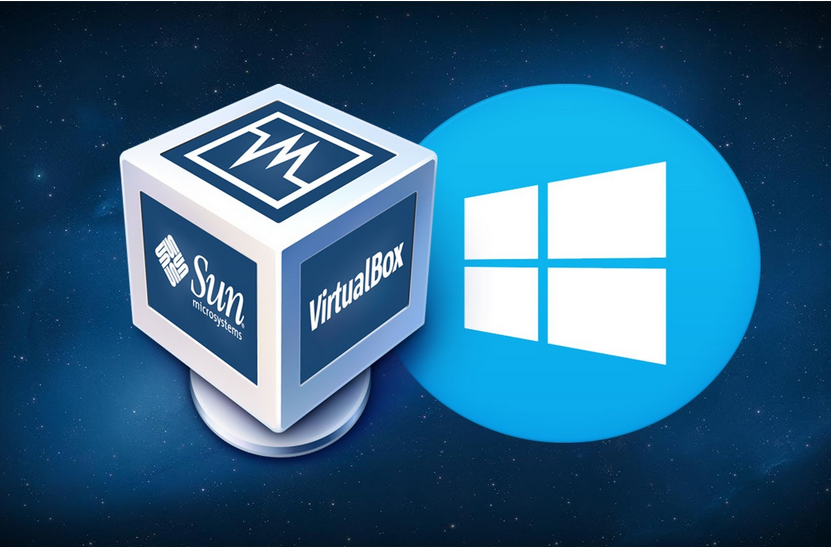
Step to Create Data Strategy 2 – Business Intelligence
6. Develop Recommendations: After developing vision and goals, the next steps are to provide recommendations based on the current state, and on the vision and goals for the future. The comprehensive solution and recommendations can be from people, process, and technology prospectives. Figure 7-12 demonstrates technical levers to govern data management, like data architecture, metadata,

Cloud security overview – its importance and challenges – Introduction to AWS Security Concepts and the Shared Responsibility Model
Cloud security overview – its importance and challenges As we embark on our journey into AWS security, it is essential to understand the broader landscape of cloud security. This section will set the stage by highlighting the importance of cloud security in our increasingly digital world and the unique challenges it presents. The significance of

Cloud security challenges – Introduction to AWS Security Concepts and the Shared Responsibility Model
Cloud security challenges Despite the numerous benefits of cloud computing, it also introduces a unique set of security challenges that organizations must address. These challenges stem from the inherent characteristics of the cloud, such as its shared, on-demand nature, and the fact that it often involves storing and processing sensitive data in third-party data centers.
Archives
- August 2024
- July 2024
- June 2024
- May 2024
- April 2024
- March 2024
- February 2024
- January 2024
- December 2023
- October 2023
- September 2023
- August 2023
- July 2023
- May 2023
- March 2023
- January 2023
- December 2022
- November 2022
- August 2022
- June 2022
- April 2022
- March 2022
- January 2022
- December 2021
- October 2021
- August 2021
- June 2021
- April 2021
- March 2021
- January 2021
